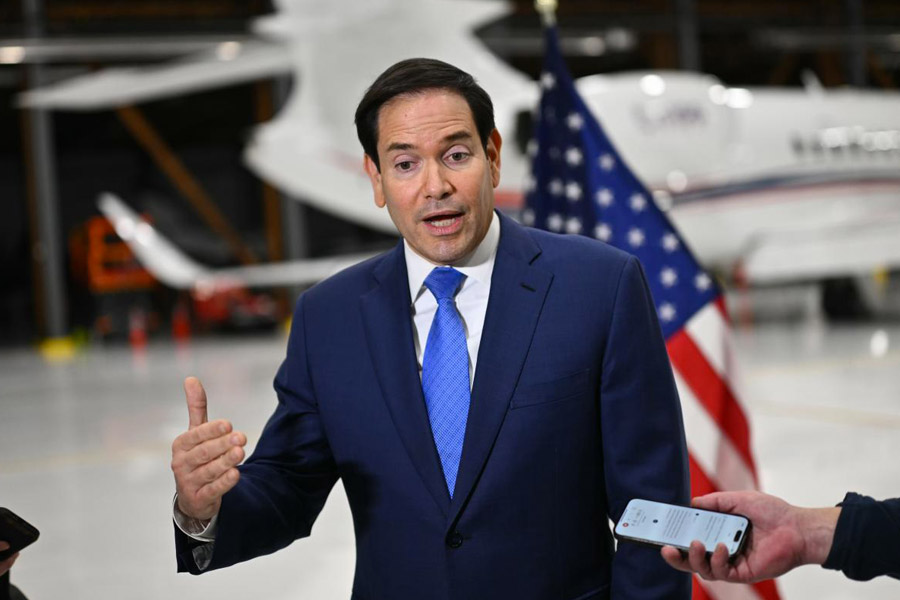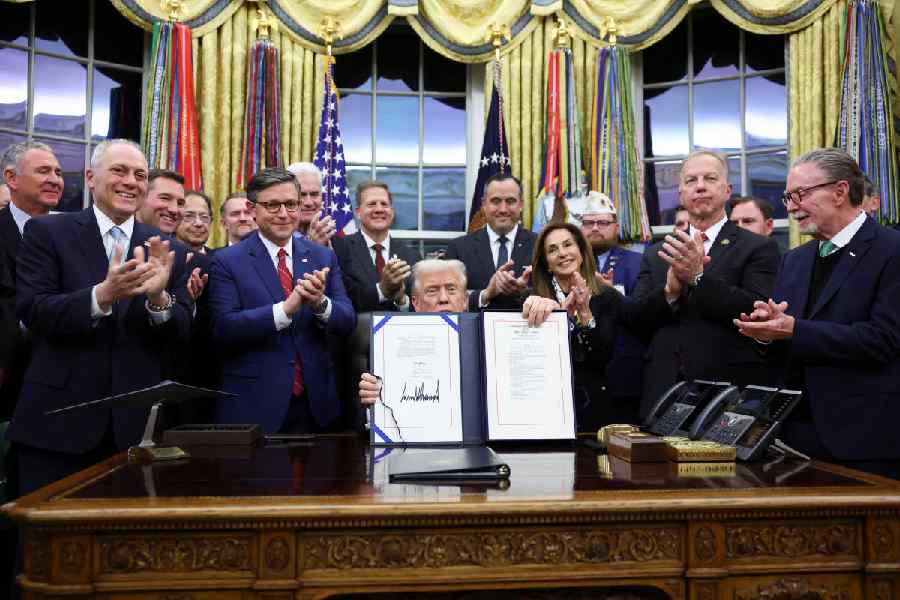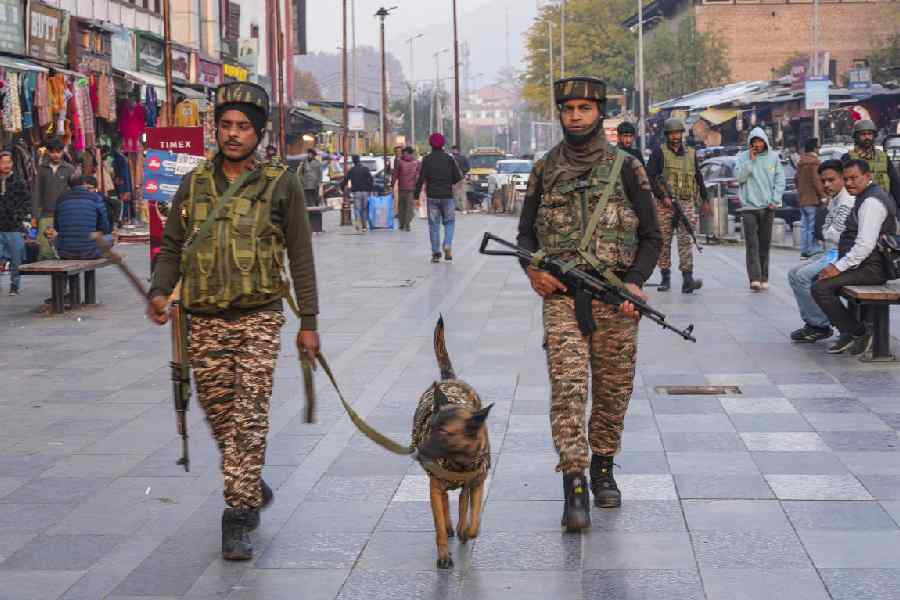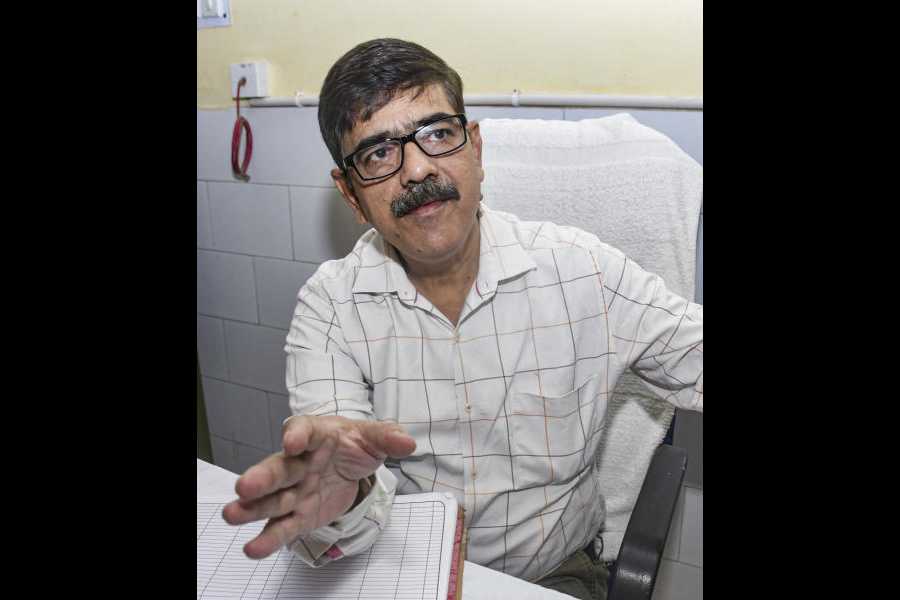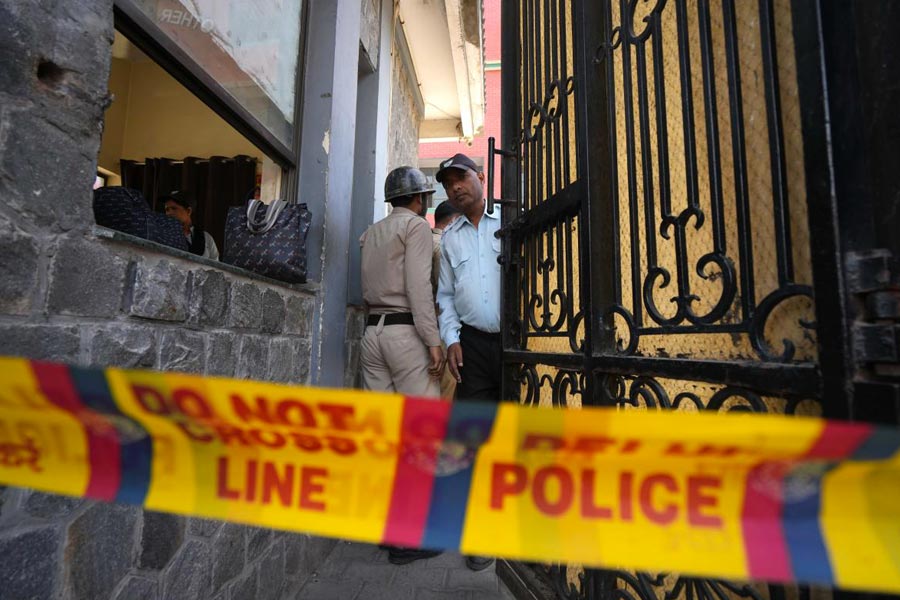New Delhi, Aug. 17: A single common entrance test for undergraduate and postgraduate medical colleges across India is expected to begin in 2011, an apex panel of doctors regulating medical education announced today.
The proposal has drawn criticism from within medical circles that have cited the wide variations in standards of different medical colleges.
But Shiv Kumar Sarin, the chairman of the six-member panel of doctors governing the Medical Council of India, said: “The health ministry has accepted the proposal — we expect a notification within a day or two. It may be called a national eligibility or entrance test.”
“This will provide some standards for entry into medical colleges,” Sarin added.
The panel had earlier this year proposed a common test for all 32,000 undergraduate and 13,000 postgraduate medical seats. Under the plan, every student wishing to enter a medical college — whether government or private — will have to appear for the test and entry would then be on merit.
While private management and minority seat quotas will continue, even the students entering through the quotas will need to appear for the examination. The capitation fee system prevailing today does not impose such conditions on management candidates.
The Union human resource development ministry had earlier this year proposed a common entrance test for both engineering and medicine — through an examination that would test engineering candidates in mathematics, and medicine candidates in biology, with physics and chemistry as common papers.
Sarin said the exact pattern of the common eligibility test and which agency would conduct it were yet to be finalised.
He said the panel wished that every medical seat in the country was covered by such a common test, but indicated that it was still unclear whether the test would also apply for admission to the All India Institute of Medical Sciences, New Delhi.
The common test proposal has drawn criticism. “How can we have a single common entrance test in a land with wide variations in standards of medical education?” asked Suresh Shetty, a senior faculty member at the Kasturba Medical College, Mangalore. “At the moment, we have a great diversity of standards — some top-level colleges, some right at the bottom with severe faculty shortages and the rest in the middle.”
Critics also pointed out that states already had common entrance tests.
A senior medical faculty who is not a member of the panel said the proposal was likely to encounter intense opposition from private medical colleges that can currently sell seats to highest bidders — irrespective of whether the candidate has appeared in an exam or not.
“This kind of reaction is not unexpected,” a panel member said. “But we are hoping everyone will see the benefits of having a common standard for entry.”
Panel members have said the common entrance test will also ease the burden on Class XII students. A typical Class XII student who aspires to join the undergraduate MBBS programme usually takes about five or six entrance tests.
Faculty ideas
The apex panel of doctors overseeing medical education in India is examining multiple options to combat faculty shortages, including web-based distance education and the use of private doctors as part-time faculty.
The panel has launched a process of consultation within the medical community to determine how best to use technology and possibly doctors from the private sector to fill gaps in faculty, panel members said today.
The country’s 270 medical colleges have a combined faculty strength of about 25,000 but, the panel members said, the country has a current deficiency of 700,000 doctors. Any increase in the number of medical colleges will intensify existing faculty shortage.
“We can’t just manufacture teachers — we’re looking at options, and we’re open to new ideas,” said Sita Naik, a member of the medical panel governing the MCI.She said a proposal for a medical college telemedicine network that would allow colleges across the country to share faculty is among options under discussion.
The panel is likely to examine whether it would be possible to make use of highly qualified doctors in the private sector to serve as part-time faculty in medical colleges. But it is still unclear what mechanism could be used to pick private doctors.
“An excellent surgeon may not be a great teacher — you need certain teaching skills such as being able to communicate to students,” Naik said. “But a great surgeon may be able to demonstrate and may find use at the postgraduate level.”


